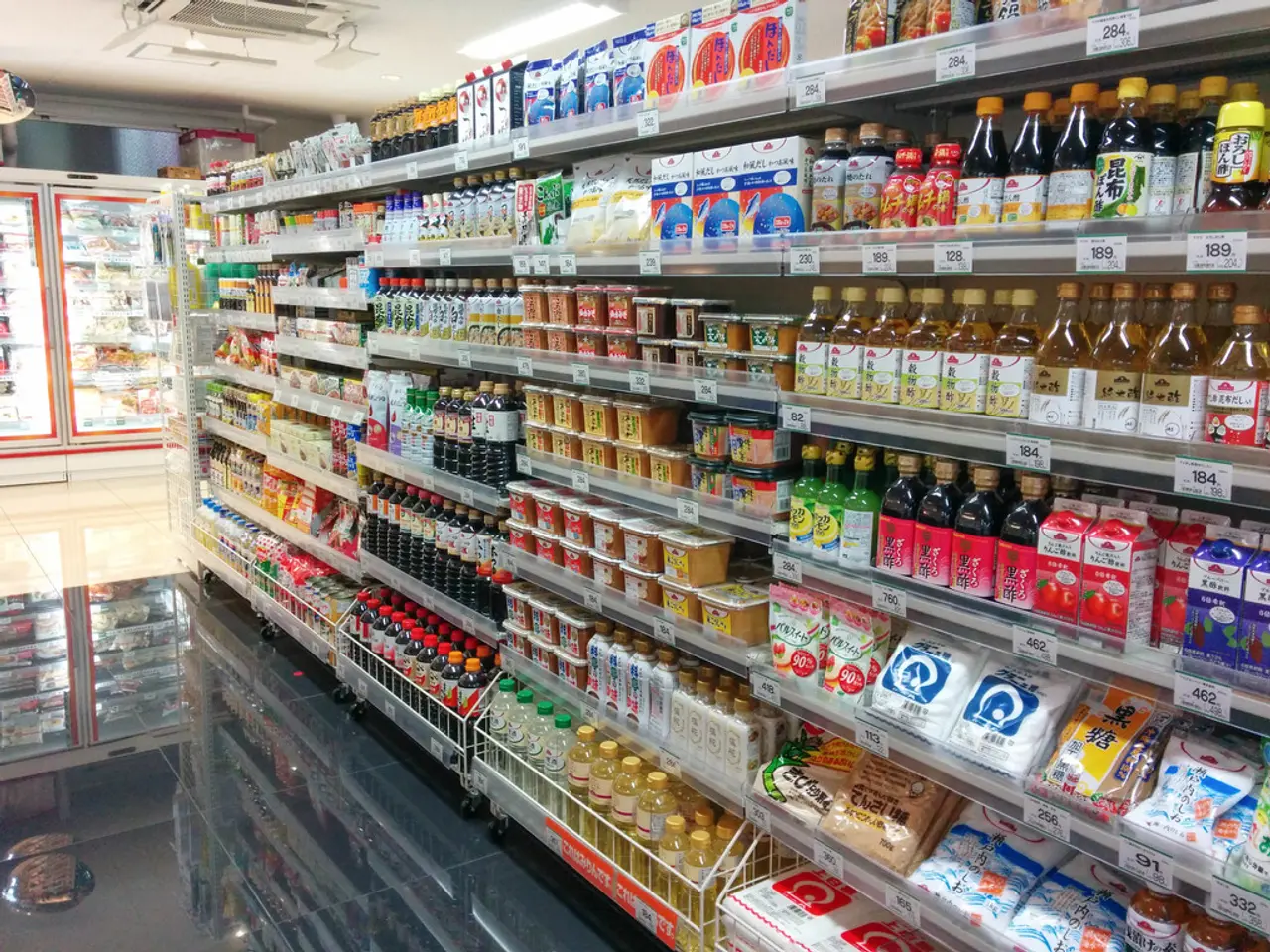Unveiling the Leading Players in Global Cross-Border Payment Transactions of 2024
Announcing the 2024 Cross-Border Payments 100: Top Companies Shaping the Global Landscape
The Cross-Border Payments 100 for 2024 has been unveiled by FXC, showcasing the top 100 companies that are driving innovation and efficiency in international money transfers and trade. This prestigious industry newsletter is a valuable resource for those interested in the cross-border payments sector.
Key Insights and Industry Impact
The report features companies expanding their capabilities in stablecoins and digital assets, such as Corpay partnering with Circle to integrate USDC stablecoin for faster, 24/7 cross-border transactions that combine blockchain speed with local fiat payouts. Many firms are also focusing on improving payment accessibility in emerging markets, where digital payments and mobile wallets are growing rapidly.
The companies are responding to evolving regulatory frameworks and compliance demands, including harmonization efforts led by entities like the G20 and Financial Stability Board to reduce frictions and align AML/KYC standards globally.
Geographical Distribution and Regional Trends
The companies included in the Cross-Border Payments 100 span global regions, with strong presences in North America, Europe, and Asia-Pacific. There is growing innovation and adoption in Latin America, where rapid advances such as Brazil’s Pix system offering instant payments to 150+ million users and Mexico’s near-real-time payment solutions from providers like J.P. Morgan partnering with local fintechs to speed transaction settlements are being seen.
Offshore financial centers and non-bank financial institutions play an increasingly important role in cross-border capital flows, affecting how multinational entities structure their financial holdings and intermediary cross-border transactions.
Overall Impact on the Industry
The companies in the FXC 2024 Cross-Border Payments 100 report are key drivers contributing to the $150 trillion in cross-border payment flows recorded in 2024, spanning wholesale bank transfers, card payments, and mobile wallet payouts. They are shaping a future where cross-border payments become faster, more affordable, and more accessible, with technology integration (AI, blockchain, stablecoins) and regulatory improvements facilitating seamless global trade and remittances.
Accessing the Cross-Border Payments 100 Newsletter
To access the Cross-Border Payments 100 newsletter, a free account must be created. The newsletter is one of the most extensive resources on cross-border payments globally, providing access to a wide range of research and analysis on cross-border payments. It is a valuable tool for staying updated on the cross-border payments industry.
The primary criteria for inclusion in the Cross-Border Payments 100 remains the same: companies must have a meaningful impact on the sector. A comprehensive report on the 2024 Cross-Border Payments 100, featuring complete bios and information on all 100 companies, was published last week. The report can be accessed by creating a free account.
Joe Baker is associated with the Cross-Border Payments 100 newsletter, as indicated by the LinkedIn link. Analyzing where these players come from, how old they are, and who they serve provides further insights about the wider cross-border payments industry.
In summary, FXC’s 2024 report showcases top companies leading innovations in cross-border payments across multiple regions, utilizing emerging technologies and adapting to regulatory shifts, thereby fueling growth in global trade volume, digital payment adoption, and financial inclusion worldwide.
- The companies in the 2024 Cross-Border Payments 100 are significantly shaping the finance sector, with their contributions impacting the future of cross-border transactions, particularly in terms of speed, affordability, and accessibility.
- The Cross-Border Payments 100 report, a valuable resource for those in the finance industry, showcases top companies from various global regions using emerging technologies and adapting to regulatory shifts, thus driving growth in digital payment adoption and financial inclusion.




